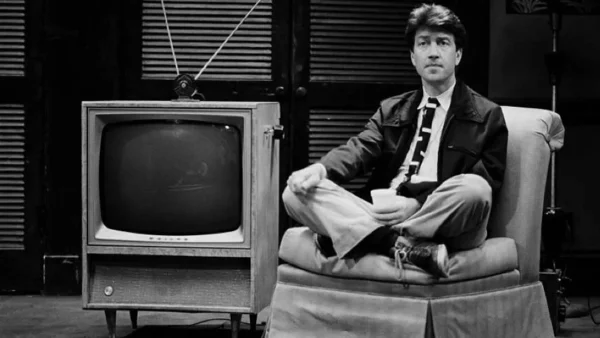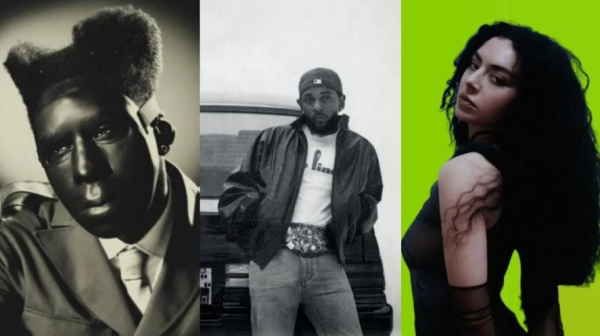What is graffiti: Art or vandalism?
The metal ball creates a “pssss” sound as you constantly shake the paint spray creating a beautiful artistic design on walls. With the blend of bright and dark colors, forms of visual connections are revealed that involve common images and various stylistic symbols. Graffiti experts and artists imagine the vibrates of art. The art of graffiti is found inside and outside of trains, subways, and buses.
In our modern world, some people view the art of graffiti as an expression of individuals’ creations, while others may see graffiti as the destruction of property. Graffiti is not just considered art because it’s creative; it conveys powerful messages that can impact people’s lives on a daily basis.
While graffiti is art, it can be considered vandalism depending on where you do it. According to Alex Russo’s article, “Drawers show their art on paper, painters show their art on a canvas, sculptures show their art on clay and pottery. Graffiti artists show their art on the sides and backs of walls. They all have their way of showing their own art.”
Beginning with what is vandalism, and how does it relate to graffiti? The action of vandalism involves damaging public or private property, which is often associated with graffiti because it ties back to the marking and defacing of areas without permission. This is not the only side of graffiti that people view.
The special techniques can be extremely effective in representing the power of art while still making sure the place is not being vandalized or destroyed. For example, different styles of graffiti can be used on public walls and trains so that they look good but at the same time are not vandalizing other property that belongs to people. In many different cases, graffiti acts as beautiful self-expression that stands out in a crowd.
Furthermore, when graffiti artists can’t display their work, they don’t get the chance to change people’s minds on how they look at graffiti. For decades, graffiti has been many people’s passion, which is why graffiti is a form of art and should not be illegal unless it crosses limits and is considered vandalism. Art brings color and light, so does graffiti.
With this in mind, understanding what is acceptable and what is considered “damaging” is really important. “I think of graffiti as an eye-catcher and is a special form of art that requires talent and visuality,” said Mr. Arnold, a graffiti middle school teacher.
Art is so unique because it can be represented in different ways through various people. Graffiti artists should be allowed to show their art like other artists. Looking at the different sides of graffiti and its origination is valuable. Did you know that graffiti, as it is known today, began in the late 1960s in Philadelphia? Graffiti was influenced by hip-hop culture and later reached New York City in the late 60s. This new form of art took off in the 1970s when people began writing their names on buildings all over the city.
A recent article was written by the artist Brittney recalls points to consider when thinking about graffiti’s impact in towns and cities: “Walls and other public places are often covered with graffiti, which is art that is painted on. Cans of spray paint are primarily used to make this type of craft.” It’s also shown in the article that 50 percent of Americans believe some or all graffiti is acceptable, and 69 percent believe it can qualify as art.
Art courses are often offered to students in schools as an opportunity to admire different styles of art, such as graffiti. “Arts and graffiti are the expressions of human skills and imagination that is always expressed in different affective colors,” said Reem Elfaki, currently taking a Color Theory class.
Besides, graffiti is not just about symbols and shapes, it’s also about the selection and shades of color that stand out in streets creating good visions instead of a mess. Especially for the talent of graffiti, the mix of colors is the huge reason why so many people enjoy staring at the art drawings.

A creative graffiti design in New York Brooklyn Street.
Opposing views claim that while the art of graffiti can grab people’s attention, it’s still considered vandalism. Certainly, graffiti should not be done in illegal areas, and graffiti should be publicly visible to all people so that it’s not destroying any property.
On the other hand, graffiti artists often risk their lives in order to do what they want and love. Therefore, graffiti should be valued today just like other forms of art, such as music and theater.
Hardships are always present for graffiti artists because they pursue their passion and dreams while having to deal with the issue of vandalism even when it wasn’t meant to happen the way people view it. Mr. Arnold also faced difficulties when trying to present his graffiti art publicly and he said that “graffiti can be the voice and communication of many people during social life changes and community desires.”
On top of that, Ms. Smith, a visual arts teacher at the iSchool, said that “If there is consent, it’s art. If there is no consent, then it’s vandalism but still art.” Graffiti is art regardless of whether it’s on someone else’s property, which they may not want there. However, graffiti can also be used to decorate streets and empty walls with the permission of the owner(s).
There is a lot more to the “why” behind graffiti being art and being so powerful. Recent research on Art Life discusses the reasons why graffiti is art and not vandalism. It’s clear that “the debate over whether graffiti constitutes art or vandalism is incredibly complex, and depends on many factors, such as the location of a particular piece, and the quality and message of the design.” The achievements require great deals of strategic planning and real imagination.
There are many different types of graffiti that are highly considered art in many people’s view because it takes the blank wall of a building to something brand new with the addition of graffiti.
Tags in graffiti is a very stylish form of art that many people view as an individual and artistic vision. Tag is a stylized personal signature and contains graffiti to represent the writer’s name, also known as a moniker. This style of graffiti should not be considered vandalism as long as there’s authorization.
Similarly, stencil graffiti is a form of graffiti that makes use of stencils made out of paper, cardboard, or other media to create an image or text that is easily reproduced. People tend to like this form of graffiti the most because it’s a fast and efficient way of transmitting a message linked to a powerful image.

An example of stencil graffiti using a face sketch.
The Temple News article written by Abby Steinour acknowledges both arguments of graffiti and was able to get the opinions of many other people. Steinour said, “I’m a strong advocate for any visual and artistic display of character, and I think graffiti is a perfect example of this.” Many people agree that you can take your own power in it and represent authority through the paint and colors.
Consequently, leaving graffiti to the artists’ discretion is what makes it beautiful and uninhibited. The biggest takeaway about graffiti is that through its beauty and creativity, it should never be a reason to cause harm to someone or to property.
French artist Henri Matisse said, “Creativity takes courage.” Just like the art of graffiti, graffiti is no less artistic than any other form of art and should be legally applied in different areas around the city. Though vandalism is an important action to consider, graffiti is considered 100% art among various graffiti artists.












